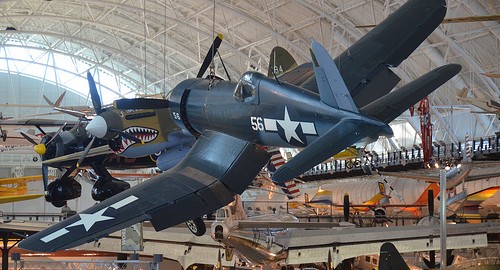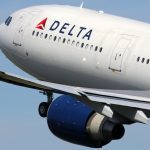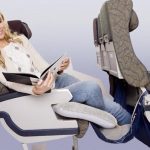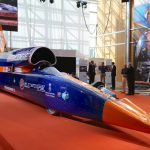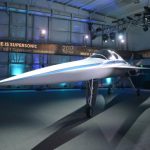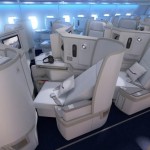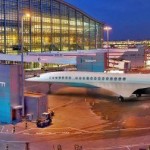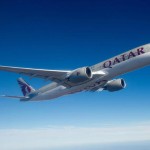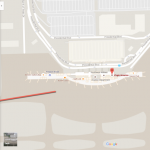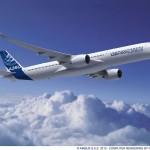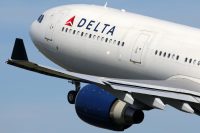Steven F. Udvar-Hazy heart: Vought F4U-1D Corsair, with P-40 Warhawk in history
image via Chris Devers
Quoting Smithsonian nationwide Air and space Museum with the aid of V-day, September 2, 1945, Corsair pilots had amassed an 11:1 kill ratio towards enemy aircraft. The aircraft’s multiple inverted gull-wing design allowed floor clearance for the huge, three-bladed Hamilton same old Hydromatic propeller, which spanned more than four meters (thirteen feet). The Pratt and Whitney R-2800 radial engine and Hydromatic propeller was once the biggest and some of the powerful engine-propeller combinations ever flown on a fighter aircraft.
Charles Lindbergh flew bombing missions in a Corsair with Marine Air team 31 against japanese strongholds in the Pacific in 1944. This airplane is painted within the colors and markings of the Corsair sun Setter, a Marine shut-support fighter assigned to the usEssex in July 1944.
Transferred from the us Navy.
manufacturer:
Vought plane company
Date:
1940
united states of america of beginning:
usa of the us
Dimensions:
general: 460 x 1020cm, 4037kg, 1250cm (15ft 1 1/8in. x 33ft 5 9/16in., 8900lb., 41ft 1/8in.)
materials:
All steel with fabric-covered wings at the back of the principle spar.
bodily Description:
R-2800 radial air-cooled engine with 1,850 horsepower, became a three-blade Hamilton usual Hydromatic propeller with stable aluminum blades spanning 13 feet 1 inch; wing bent gull-shaped on all sides of the fuselage.
• • • • •
Quoting Smithsonian nationwide Air and space Curtiss P-40E Warhawk (Kittyhawk IA):
whether or not referred to as the Warhawk, Tomahawk, or Kittyhawk, the Curtiss P-forty proved to be a a success, versatile fighter all the way through the primary half of of World warfare II. The shark-mouthed Tomahawks that Gen. Claire Chennault’s “Flying Tigers” flew in China towards the japanese stay among the most popular airplanes of the war. P-40E pilot Lt. Boyd D. Wagner changed into the first American ace of World struggle II when he shot down six jap airplane in the Philippines in mid-December 1941.
Curtiss-Wright built this plane as variation 87-A3 and delivered it to Canada as a Kittyhawk I in 1941. It served unless 1946 in No. 111 Squadron, Royal Canadian Air force. U.S. Air drive personnel at Andrews Air pressure Base restored it in 1975 to symbolize an plane of the seventy fifth Fighter Squadron, 23rd Fighter team, 14th Air power.
Donated with the aid of the alternate club in reminiscence of Kellis Forbes.
producer:
Curtiss aircraft company
Date:
1939
united states of america of origin:
u.s.a. of the usa
Dimensions:
general: 330 x 970cm, 2686kg, 1140cm (10ft 9 15/16in. x 31ft 9 7/8in., 5921.6lb., 37ft 4 thirteen/16in.)
supplies:
All-metal, semi-monocoque
bodily Description:
Single engine, single seat, fighter plane.
(738)

